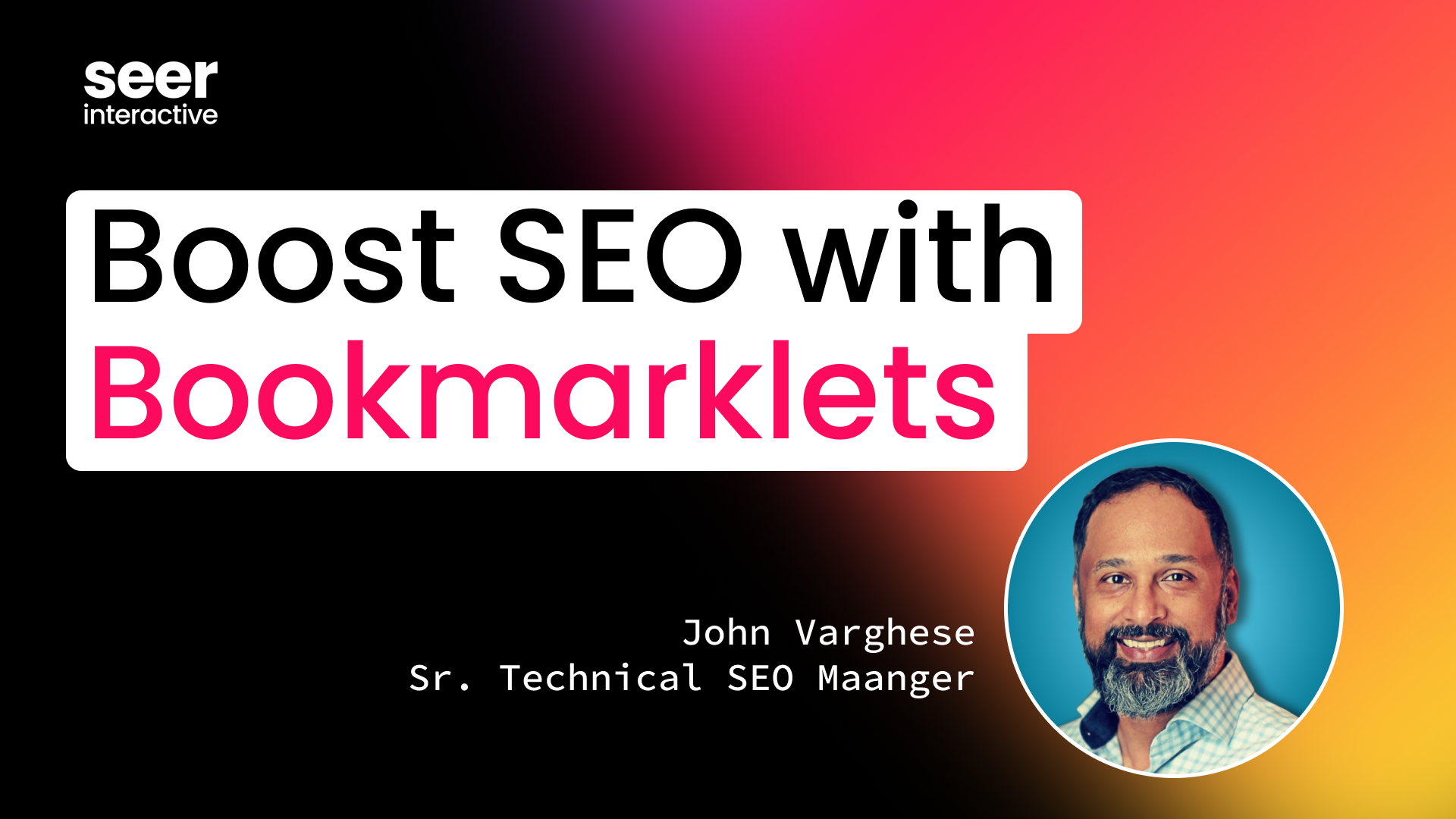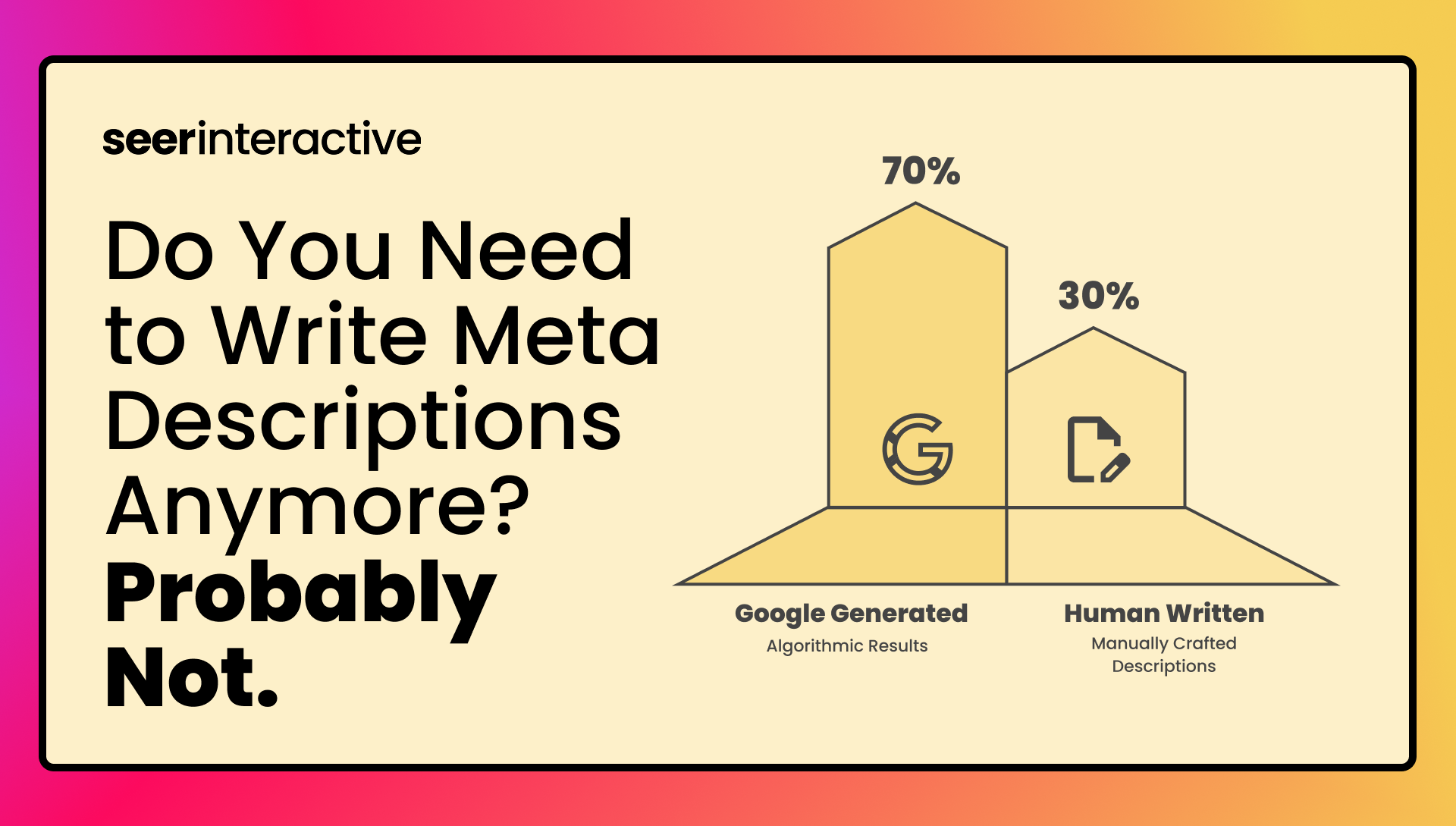If you had suggested launching an influencer campaign to your marketing department 10 years ago, you likely would have been greeted with blank stares. The word “influencer” wasn’t even officially added to the English dictionary until 2019.
Since the birth of Instagram in 2010, however, influencer marketing has exploded into a popular means of brand expansion and sales generation. In 2018, international spending on influencer marketing on Instagram alone reached $5.67 billion.
Today, 17% of companies devote over half of their marketing budget to influencer marketing.
-- Source: Bigcommerce
If you’re interested in launching an influencer marketing campaign for your brand but aren’t sure where to start, you’re in the right place.
We’ll dive into everything you need to know about influencer marketing strategies to set you up for success in your next campaign:
- Set Goals
- Create KPIs to Measure Your Goals
- Establish Your Target Audience
- Discover the Right Influencers
What is an Influencer?
Let’s start with the basics: What is an influencer, anyway?
An influencer is someone who has spent time crafting their brand on their social platform(s). They have earned a following of people who trust them due to their demonstrated expertise or social influence in a given area of interest--whether that be fitness, food, parenting, or countless others.
Take soccer player Cristiano Ronaldo, for example. During a European Championship press conference this year, he dramatically moved aside two bottles of Coca-Cola and held up his water bottle to encourage viewers (and his 300 million Instagram followers) to drink water. Almost instantaneously, Coca-Cola’s share prices dropped by 1.6%, equivalent to $4 billion. Cristiano only said one word (“Water”) during the brief gesture, but his snub dealt a significant blow to Coca-Cola’s brand and market value.
This is just one example out of many in which a widely followed figure impacts a brand’s image. It’s no surprise that companies are trying to get on influencers’ good sides through $5.67 billion worth of partnerships.
Influencer Marketing Definition
In a typical influencer marketing campaign, an influencer will promote a brand to their following through their social media platform(s) in exchange for a payment, commission based on generated sales, or free products or services.
An influencer marketing campaign will have the greatest impact if the influencer has established a level of credibility, expertise, or social influence in the field of the brand that they’re promoting. It’s not hard for people to sniff out a phony promotion. If followers sense that an influencer’s promotion of a product isn’t genuine, their trust in that influencer will quickly deteriorate.
Think of influencer marketing as a recommendation from a friend. You’re more likely to try a product that a trusted friend recommends to you than a product you saw promoted in an internet ad.
Influencers work the same way. They cultivate a relationship with their followers, sharing their life and favorite products in the same way that a friend would. By establishing this level of trust, they can more effectively influence their followers through their promotions.
How to Pay an Influencer
Figuring out how influencers get paid can be a nebulous concept, especially since many factors impact how much an influencer makes.
Several factors that impact an influencer’s pay rate include their:
- Reach and engagement
An influencer with a large following can charge more because their content has a greater reach. For example, an Instagram influencer with 10,000 - 50,000 followers (also referred to as a “micro-influencer”) will often charge between $100 - $500 per post. An influencer with 500,000 - 1,000,000 followers (a “macro-influencer”) will charge between $5,000 - $10,000 per post.
- Content
Typically, a Youtube influencer campaign will cost more than an Instagram campaign due to the time commitment of creating a YouTube video. (Think about the hours that it takes to edit a video vs. the time it takes to take a photo and caption it on Instagram).
- Channel
The channel that a campaign takes place on will affect its cost depending on the channel’s popularity.
For example, an Instagram campaign will cost more than a Facebook campaign since Instagram is the most popular format for influencer marketing.
When beginning your campaign, it’s important to set a budget and stick to it to find influencers within your price range.
Influencer Marketing Strategy
Discover four key steps for developing a successful influencer marketing strategy and tailoring it to your brand below.
1. Set Goals
As with any campaign strategy, the first step of an influencer marketing strategy is to define your goals. Whether you are trying to gain visibility for your brand, generate sales, or increase newsletter signups, establishing clear goals is vital to tracking the success of your campaign.
2. Create KPIs to Measure Your Goals
Once you’ve identified your goals, the next step is to define several KPIs (key performance indicators) to help track your campaign’s performance.
3 Top KPIs for Influencer Marketing
To get you started, we suggest using the following three KPIs: Sales, Website traffic, and Lead generation / conversion rates.
Sales
Use trackable links, unique promo codes, and UTM parameters to track sales from influencer marketing campaigns. Make sure that you set a quantifiable number of sales to help you assess if you’re on target to meet your goal. If one of your main goals from your campaign is to increase sales, this is an important KPI to keep your eyes on.
Website Traffic
By conducting a comparative analysis of data from your influencer campaign against historical data, you can gain insight into your campaign’s performance.
Use the following metrics to monitor website traffic:
- New Users: If one of your main goals is to expand brand awareness, tracking new users is a great way to measure the success of your campaign.
- Total pageviews: Analyze which pages users are spending the most time on. Was there a spike in traffic to an item page for a product that an influencer was promoting?
- Total sessions: Evaluating if total sessions increased during your campaign will reveal if it was successful in drawing users to your website or not.
- Visits from referrals: This metric will help you identify which influencers are driving the most traffic to your site. If an influencer isn’t generating visits from referrals, you can end your partnership with them and only invest your money into influencers that are driving site visits.
Engagement Rate
The rate of engagement is one of the best ways to measure the impact of a social media campaign. You can measure engagement through the following metrics:
- Clicks
- Likes
- Comments
- Shares
- Brand mentions
- Reactions (Facebook only)
Metrics like shares and brand mentions create a “ripple effect,” spreading your brand name to more and more people across a given platform. Reading the comments from a sponsored post is also an easy way to analyze how people are interacting with an influencer’s promotional content.
Hashtags are a creative way to insert a catchy slogan into your content, but they also serve a functional purpose. Create a unique hashtag to better track your engagements across platforms!
Lead Generation / Conversion Rates
Identifying which influencers are generating the most leads will help you maximize your ROI. Utilize the Customer Acquisition Report in Google Analytics to view traffic channels and determine campaign performance on social media.
Even more importantly, this will help you to identify leads that converted into sales. While some campaigns may be launched with the sole purpose of gaining brand visibility, conversion rate will be an important KPI for most campaigns.
3. Establish Your Target Audience
After setting goals and KPIs, the next step is to establish your intended audience. What demographic are you selling your products to?
Figuring out who you would like to see your promoted content will help you identify which influencers to partner with. You can utilize the Audience report in Google Analytics to gain key insights into your audience demographic such as age, gender, and location.
Google Analytics ’ Affinity Categories and In-Market Segments are especially helpful for identifying influencers to partner with. For example, if the majority of your users fall into the Beauty & Wellness Affinity Category, you should reach out to influencers whose content is focused on the beauty space. They may already partner with brands similar to your own, and their followers will trust them to recommend brands that align with their area of expertise.
4. Discover the Right Influencers
There are hundreds, if not thousands of influencers for every niche and interest group. It’s important to partner with content creators whose brand and following align with your own. How do you find which ones are the right fit for your campaign?
To help identity influencers to collaborate with, ask yourself:
- “Does their follower base align with my target audience?”
- “Given their impressions and current following, will they provide the ROI that I’m seeking from this campaign?”
- “Is their area of social influence congruent with my industry and brand?”
Beware of reaching out to influencers just because they have a large following. Even more important than follower count or a verified checkmark is how well an influencer aligns with your brand.
They could have a million followers, but if their content is incongruent with your product or services, their followers won’t care and you won’t see a return on your investment. (Plus, influencers with larger followings expect more payment in return. Be strategic about who you reach out to!)
Influencer Marketing Tools
Identifying the right personalities to promote your product may seem like an impossible task. Fortunately, there are plenty of influencer marketing tools to help you in your search. Check out Seer’s list of over 40 free influencer marketing and PR tools to give you a headstart.
Once you’ve crafted a list of influencers, keep in mind these pointers as you begin your outreach:
- Keep your message concise and relevant
- Personalize your message. If you compliment them, mention something specific that you like about their content to avoid sounding generic.
- Be clear about what’s in it for them
For more tips on how to get responses from influencers, check out these dos and don’ts for outreach emails.
Do you have any tips or tricks of your own for influencer marketing? Any questions you still have unanswered? Comment below!





